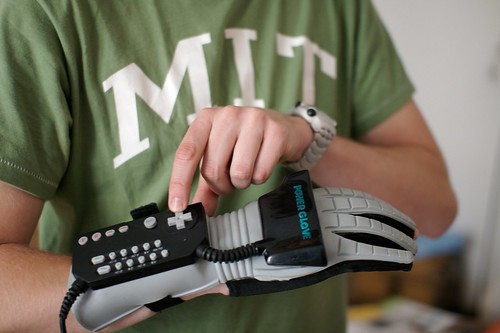 Two interesting frameworks I often use in design research about tangible/gestural interfaces:
Two interesting frameworks I often use in design research about tangible/gestural interfaces:
The first by Benford et al. (2003) is focused on three components: "Movements of interfaces can be analysed in terms of whether they are sensible, sensable and desirable. Sensible movements are those that users naturally perform; sensable are those that can be measured by a computer; and desirable movements are those that are required by a given application.". Their framework is based on these 3 components and they show how " how a systematic comparison of sensible, sensable and desirable movements, especially with regard to how they do not precisely overlap, can reveal potential problems with an interface and also inspire new features":

Source: Benford, S., H. Schnadelbach, B. Koleva, B., Gaver, A. Schmidt, A., Boucher, A., Steed, R. Anastasi, C. Greenhalgh, T. Rodden and H. Gellersen (2003). "Sensible, sensable and desirable: a framework for designing physical interface, Technical Report Equator-03-003, Equator.
The second is by Bellotti et al. (2002) and it proposed 5 "questions posing human-computer communication challenges for interaction design". Each of these issues can provide "the beginnings for a systematic approach to the design of interactive systems":

Source: Bellotti, V., Back, M., Edwards, W.K., Grinter, R.E., Henderson, A., and Lopes, C. Making sense of sensing systems: five questions for designers and researchers. In CHI, 2002, 415--422.
Why do I blog this? Preparing my interaction design course led me to these paper. Might prove handy to discuss framework (roles, interests, limits) in the context of gestural interfaces such as the one depicted at the beginning of this blogpost. As usual with theoretical insights like this, there are pluses and minuses, but I often find them relevant to systematically approach new kinds of interactions.